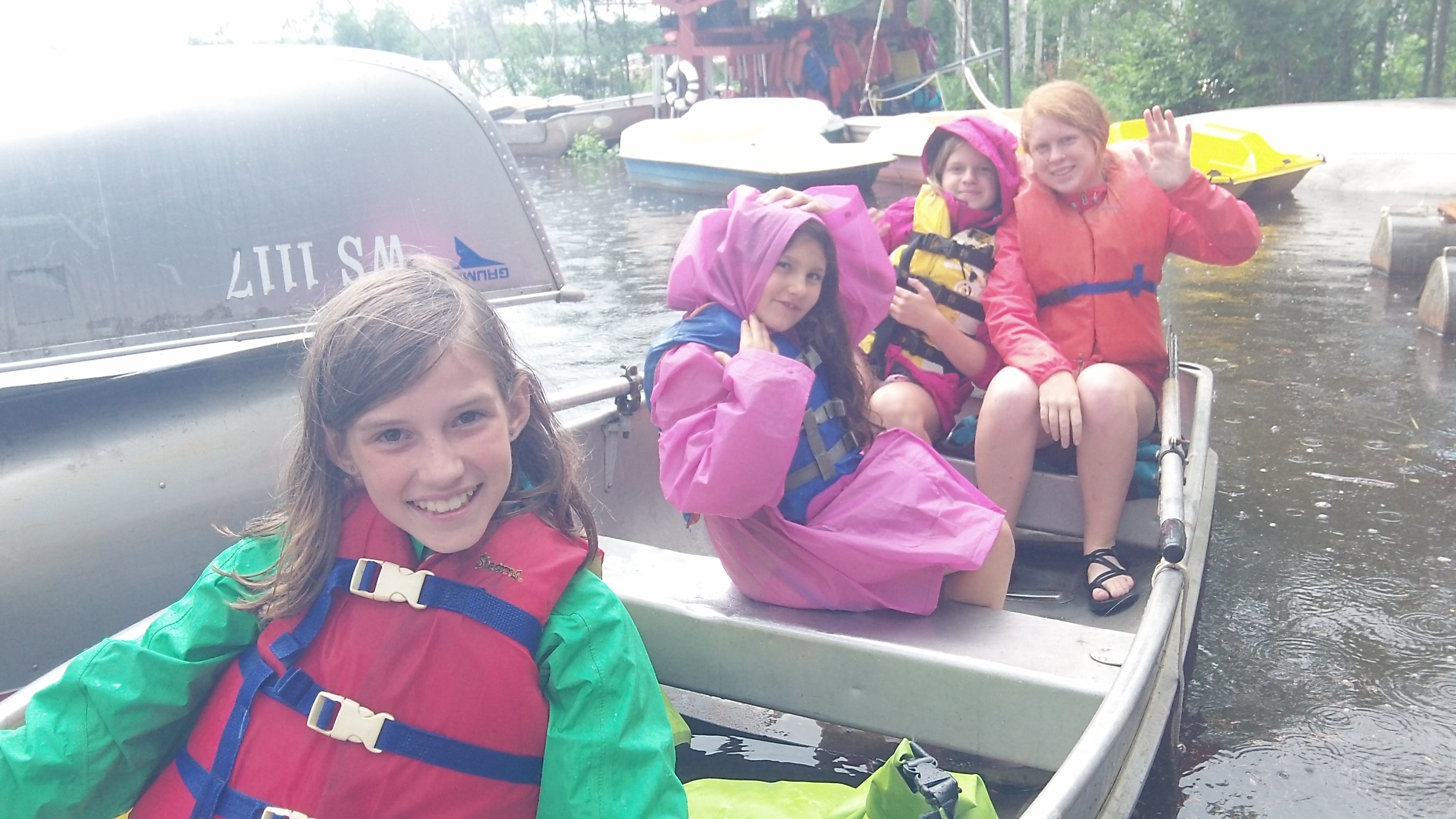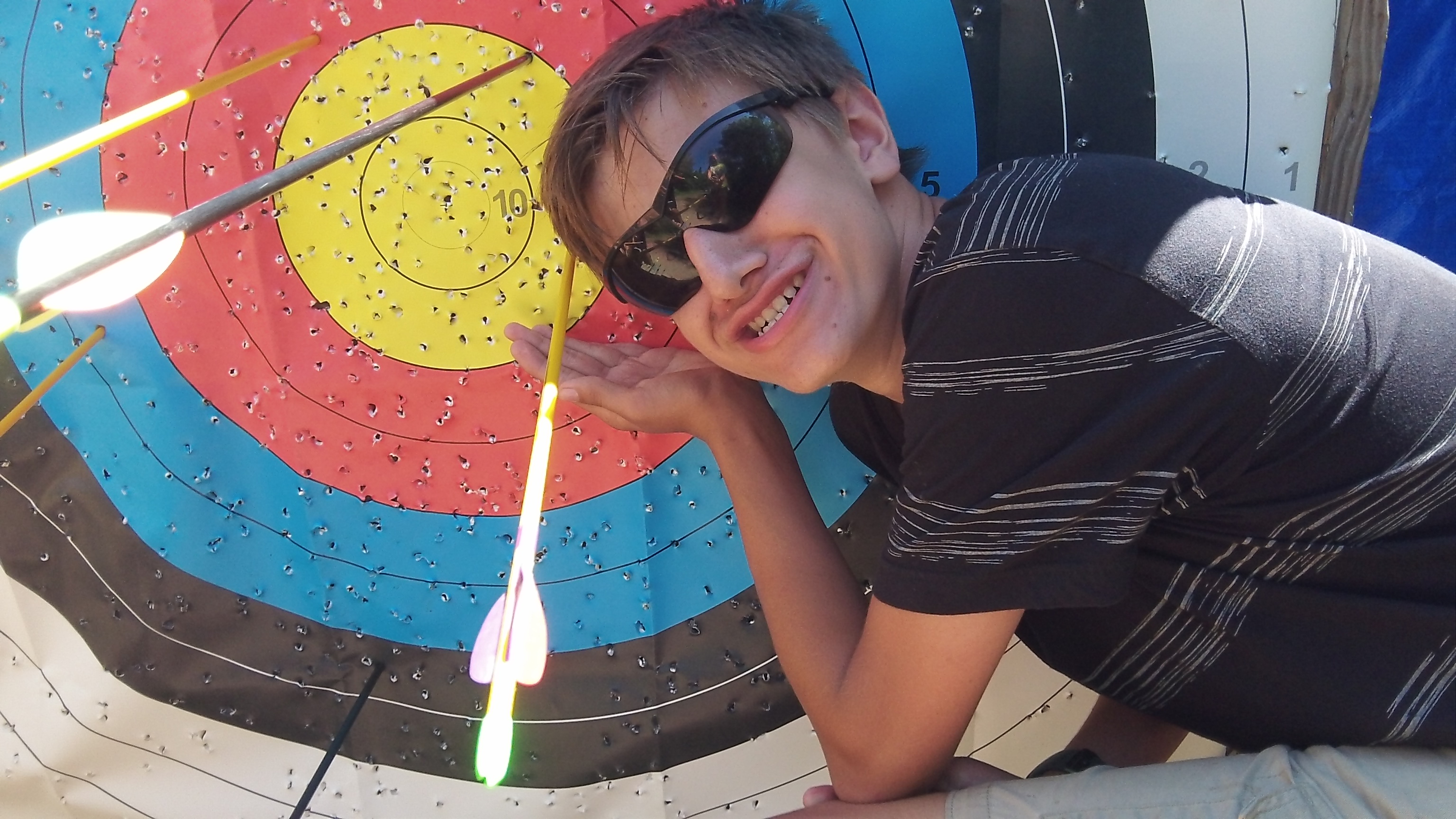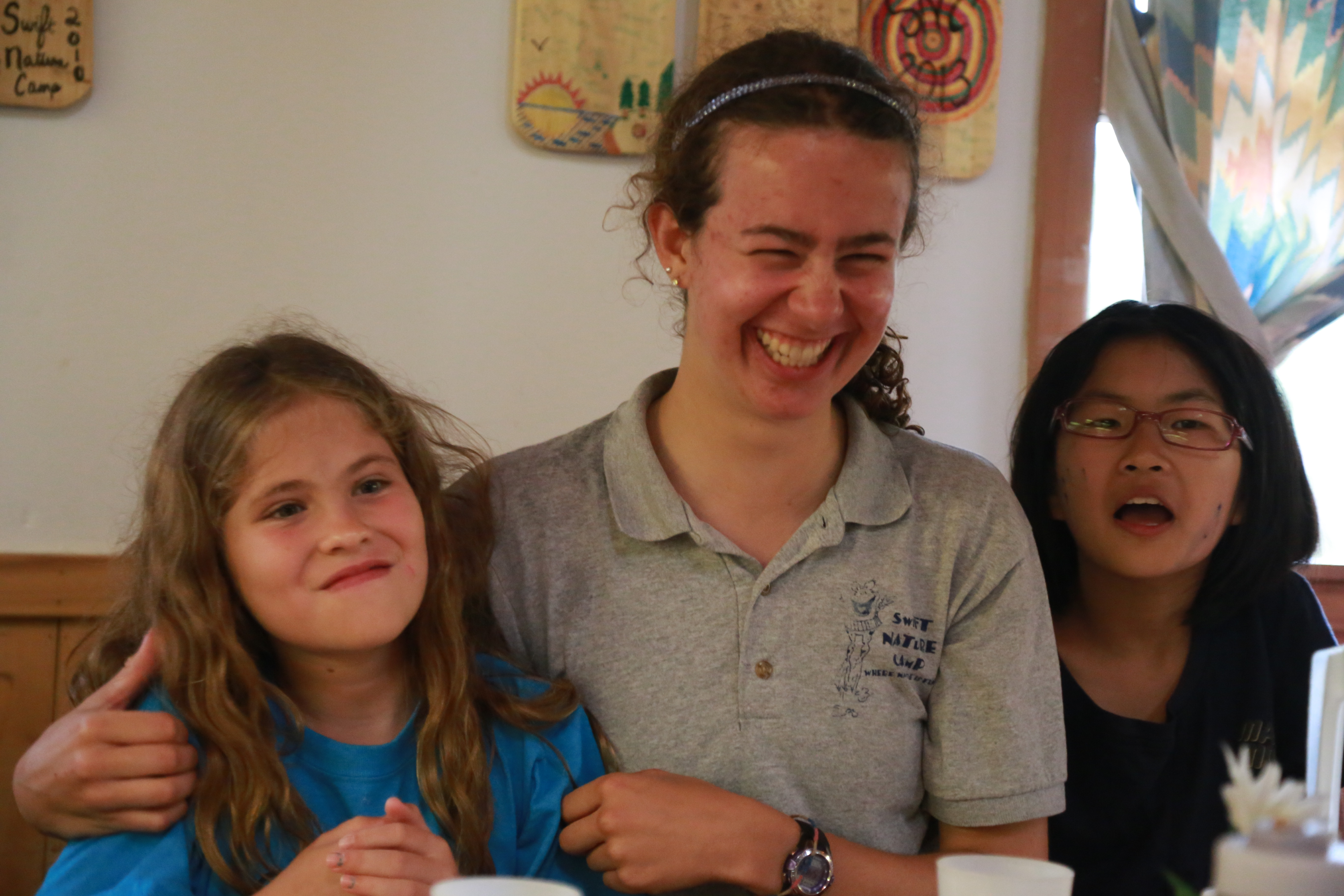The frequency and type of screening testing during camp varied across the camps and by vaccination status. In addition to a prearrival RT-PCR screening test, at least three screening tests were required by all camps for unvaccinated campers through the first 12 days after arrival. Six camps used a combination of rapid antigen and RT-PCR testing for screening; the remaining three used only RT-PCR testing for screening. RT-PCR test results were returned within approximately 12–24 hours.
The screening testing was successful in identifying six confirmed Covid-19 cases (one in a staff member and five in campers) by RT-PCR testing. Three additional cases (in two staff members and one camper) were identified based on symptoms and were confirmed by RT-PCR testing. A successful isolation and quarantine program for those cases meant that there were no secondary cases of Covid-19.
The nine cases were spread across four camps. Three of the nine cases occurred in vaccinated staff members and six in unvaccinated campers aged 8–14 years. The three staff member cases were identified before the arrival of campers. One case in a vaccinated symptomatic staff member occurred during the initial staff week, and the other two cases in vaccinated staff members (one asymptomatic, one symptomatic) occurred between sessions. Two of the six campers with cases were asymptomatic and identified by prearrival screening; these campers did not enter the camp. Three additional cases were identified by screening testing, and one was identified because the camper was symptomatic; all were identified within the first 8 days of camp.
The study's authors provide great detail about the impact of testing and pod interventions on virus transmission rates, but further research is needed on how masking, hand hygiene, wastewater surveillance, and physical distancing impacted virus transmission.
Camp locations were spread across the nation in New England, Middle Atlantic, the South, Midwest, and West. This means that the data obtained was not influenced by local case prevalence.
Summer camps (outside of the study’s group of nine) that focused only on measures such as prearrival testing without subsequent testing or other preventative measures https://www.cdc.gov/mmwr/volumes/69/wr/mm6943a4.htm?s_cid=mm6943a4_w" aria-label="experienced rapid outbreaks" style="box-sizing: border-box; color: rgb(0, 56, 145); cursor: pointer; text-decoration-skip: objects;">experienced rapid outbreaks. A boys’ overnight summer school retreat in Wisconsin required all attendees to provide documentation of either a positive serologic test result within the past 3 months or a negative RT-PCR test result less than 7 days before traveling to the retreat, or self-quarantine within their households for 7 days before travel, and to wear masks during travel. This kind of policy ignores the reality of reinfection and the strong possibility of becoming asymptomatically infected in transit to the retreat or within the 7-day testing window. Unsurprisingly, this retreat experienced an outbreak that was traced back to a single student who had received a negative test result less than one week before the retreat and led to 116 (76%) diagnosed Covid-19 cases among the campers. The lack of other mitigation measures meant that the virus spread quickly throughout the camp.
The RT-PCR screening tests used at the nine camps had a quick turnaround time of 12-24 hours for results. But with the reopening of schools and workplaces increasing demand for PCR testing and putting a strain on labs, the turnaround time is significantly slower, rendering the tests far less effective. In Pittsburgh, the turnaround time is presently between 4-6 days as opposed to the usual 1-2 days. This is where rapid testing can be incredibly effective in preventing the rapid transmission of the virus in congregate settings.
Rapid tests are betterhttps://www.ncbi.nlm.nih.gov/pmc/articles/PMC8049601/" aria-label="suited" style="box-sizing: border-box; color: rgb(0, 56, 145); cursor: pointer; text-decoration-skip: objects;"> suited than PCR tests for identifying and containing the pre-symptomatic spread of the virus. A UK study,https://www.thelancet.com/journals/lancet/article/PIIS0140-6736(21)01908-5/fulltext" aria-label="published in the Lancet" style="box-sizing: border-box; color: rgb(0, 56, 145); cursor: pointer; text-decoration-skip: objects;"> published in the Lancet, found that schools using a test-to-stay protocol had similar rates of symptomatic Covid-19 infection to those using quarantines. However widespread accessibility to rapid tests in the US is presently hampered by a cumbersome F.D.A. process intended for high-tech medical devices. To be approved, the rapid tests must demonstrate that they are nearly as sensitive as the gold standard PCR. tests. But rapid tests do not need to be as sensitive, PCR tests often identify small amounts of the Covid virus in people who had been infected weeks earlier and are no longer contagious. Rapid tests can miss these cases while still identifying approximately 98 percent of cases in which a person is infectious.
Rapid tests are the “public health gold standard” and should therefore be regulated as a Public Health Good. President Biden could accomplish this with a simple Executive Order, increasing competition among manufacturers and flooding the market with inexpensive, high-quality rapid tests. In an ideal scenario, tests should be provided free to all households to encourage their frequent use, like they are in many countries. But Federal bulk orders of rapid tests would also bring the price down closer to a dollar, making them accessible for all who need them.
By taking advantage of rapid testing and implementing the multiple successful preventative strategies used by these summer camps we can prevent high levels of transmission in schools, colleges, workplaces, and other congregate settings. This data is particularly useful for schools given the youth demographic involved. Our focus needs to shift to multiple layers of prevention and protection working in tandem with medical interventions.





 Swift Nature Camp offers a wide variety of activities, giving campers a chance to explore their interests and develop new skills. Kids can participate in traditional camp activities like canoeing, archery, campfire building, and overnight camping trips. The camp also offers unique opportunities like caring for animals in the nature center and joining the group of clowns that perform for camp.
Swift Nature Camp offers a wide variety of activities, giving campers a chance to explore their interests and develop new skills. Kids can participate in traditional camp activities like canoeing, archery, campfire building, and overnight camping trips. The camp also offers unique opportunities like caring for animals in the nature center and joining the group of clowns that perform for camp.


 Roughing It: The Benefits of Tripping at Summer Camp
Roughing It: The Benefits of Tripping at Summer Camp
 When we raise children, one of the words that they hear the most is respect. In fact, respect is so important, that it is often referred to as “The Golden Rule,” or “Treat others the way you wish to be treated.” We teach our children to respect authority, to respect the rules, yet we teach it in a way that isn’t accessible to them. Usually, we tell them they will get in trouble or bad things will happen, but these are very general statements, which can allow a child’s mind to wonder exactly what those bad things are. However, there are ways that we can teach respect to children, while also teaching them how to be more environmentally conscious.
When we raise children, one of the words that they hear the most is respect. In fact, respect is so important, that it is often referred to as “The Golden Rule,” or “Treat others the way you wish to be treated.” We teach our children to respect authority, to respect the rules, yet we teach it in a way that isn’t accessible to them. Usually, we tell them they will get in trouble or bad things will happen, but these are very general statements, which can allow a child’s mind to wonder exactly what those bad things are. However, there are ways that we can teach respect to children, while also teaching them how to be more environmentally conscious. 





